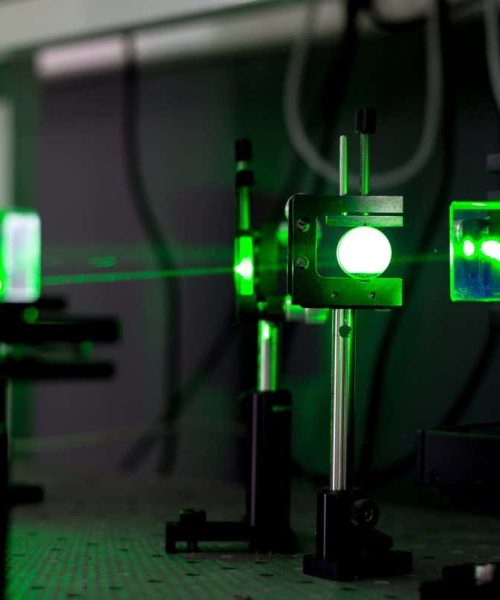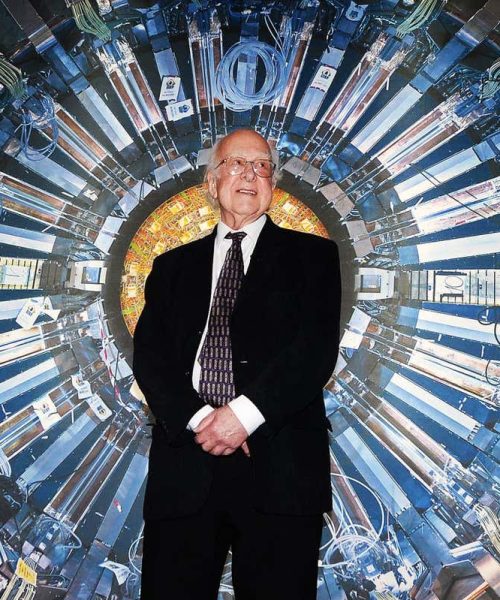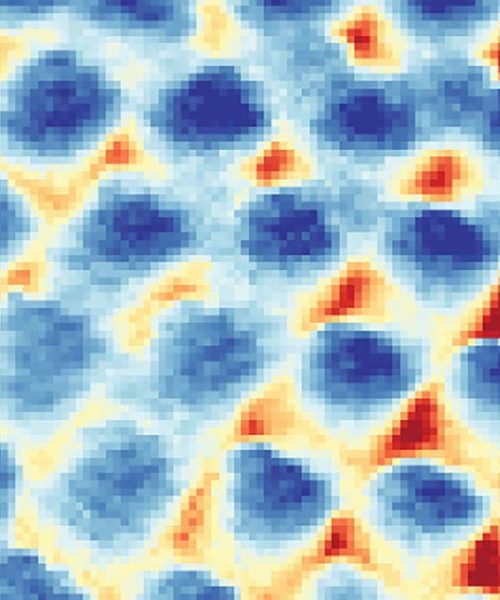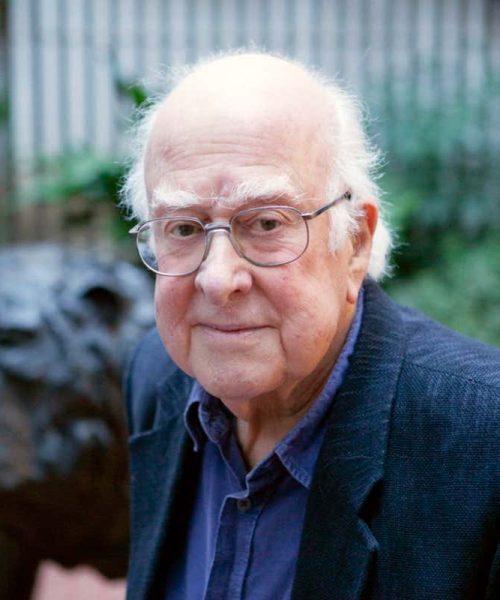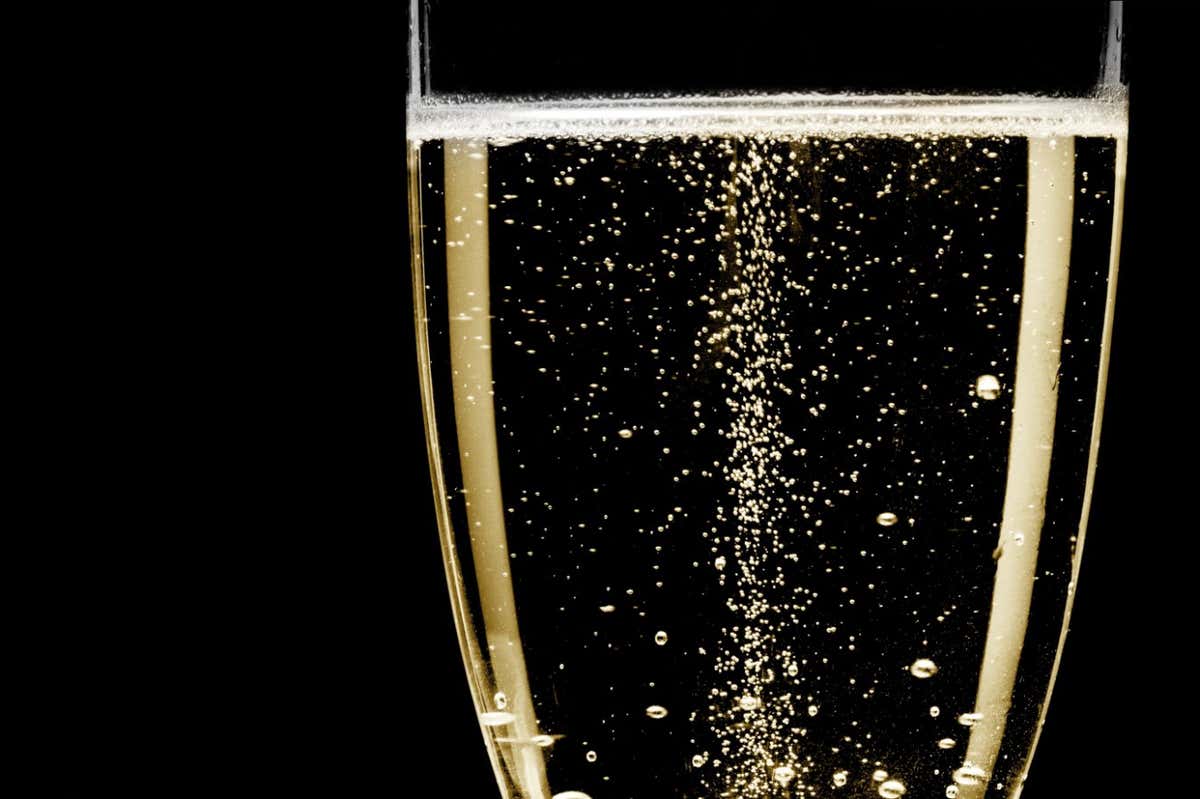
The surfactants in champagne may allow bubbles to rise in a straight column
Shutterstock / Billion Photos
Bubbles in champagne and other carbonated drinks can rise in straight columns thanks to chemicals that also give these drinks their flavour.
Each bubble in a liquid creates a wake behind it as it rises, and other bubbles can get knocked around by this wake. Yet, in champagne, bubbles manage to rise from the bottom of a glass in steady vertical columns without being pushed off course.
Roberto Zenit at Brown University in Rhode Island and his colleagues removed the gas from fizzy drinks including carbonated water, beer and champagne. They then poured the liquids into a tank with a needle at its bottom, pumped in bursts of air through the needle and recorded how the bubbles rose.
Advertisement
The researchers combined these observations with a mathematical model that describes how certain properties of liquids determine the amount of swirling that happens near a bubble. The researchers found two characteristics driving swirling: the size of the bubbles and the concentration of molecules called surfactants. These include the fatty acids that give champagne its fruity notes, and proteins that contribute to the flavour of beer. By sticking to the bubbles, these molecules can change how much the bubbles’ surface can move.
Big, elliptical bubbles and bubbles coated with surfactants encourage more swirling, which interrupts the wakes of nearby bubbles enough to prevent any sideways knocking. This lets the bubbles rise in stable, vertical chains, one above another. Bubbles in champagne are typically so small that they would normally not form steady columns, but thanks to the fatty acids in the sparkling wine, they do.
Understanding the interplay between surfactants and bubbles is complicated because bubbles’ motion can change the concentration of surfactants by spreading them around in the liquid, says Stéphane Dorbolo at the University of Liege in Belgium. Insights like those provided by the new study could also have implications for non-carbonated drinks like whiskey, where trade experts already estimate the alcohol content by shaking bottles and seeing how they bubble, he says.
Gérard Liger-Belair at the University of Reims Champagne-Ardenne in France says that understanding the behaviour of groups of bubbles is also important for industrial processes like froth flotation, where bubbling is used to separate different particles mixed into water.
Journal reference:
Physical Review Fluids, in press
Topics:
